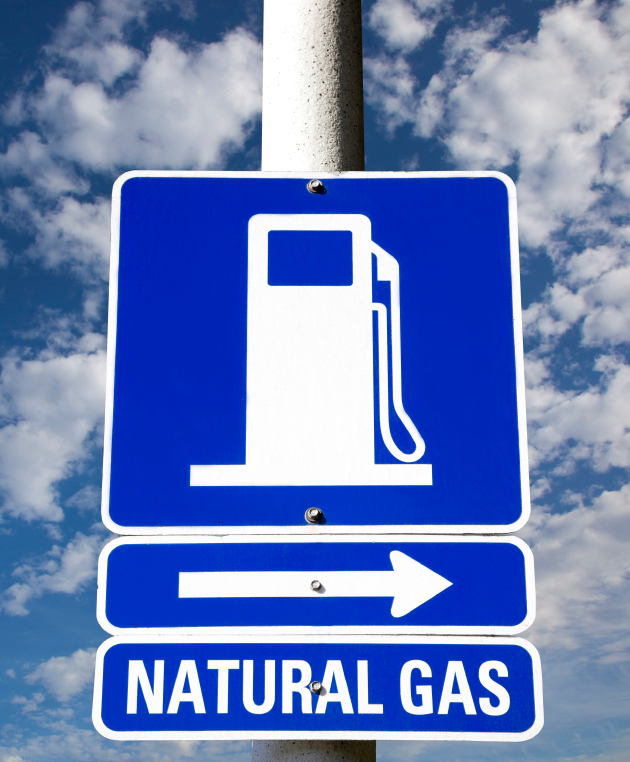In mid-2000, the chairman of Chesapeake Energy, a beleaguered natural gas producer, was returning on the company’s jet to his headquarters in Oklahoma City, buoyed with optimism. He was coming from a meeting with Calpine, a growing California-based power company, and he was encouraged by what he’d heard. Calpine and its competitors were building massive numbers of gas power plants, and when Chesapeake’s chairman asked the Calpine executives how they expected gas prices to stay low in the face of so much new demand, they said: “They’ll stay low because they’ve always been low. Plus, our plants are more efficient than our competitors’, so even as prices rise we’ll still make money.”
The next year, California utility giant Pacific Gas & Electric was forced into bankruptcy, driven by the statewide electricity crisis and the skyrocketing gas prices that were partly to blame for it. Within the next four years, Calpine and some of its highest-flying competitors would also be driven to bankruptcy largely by aggressive bets on gas power, forced to sell pipelines and power plants at a fraction of their cost.
It wasn&#... Read more
